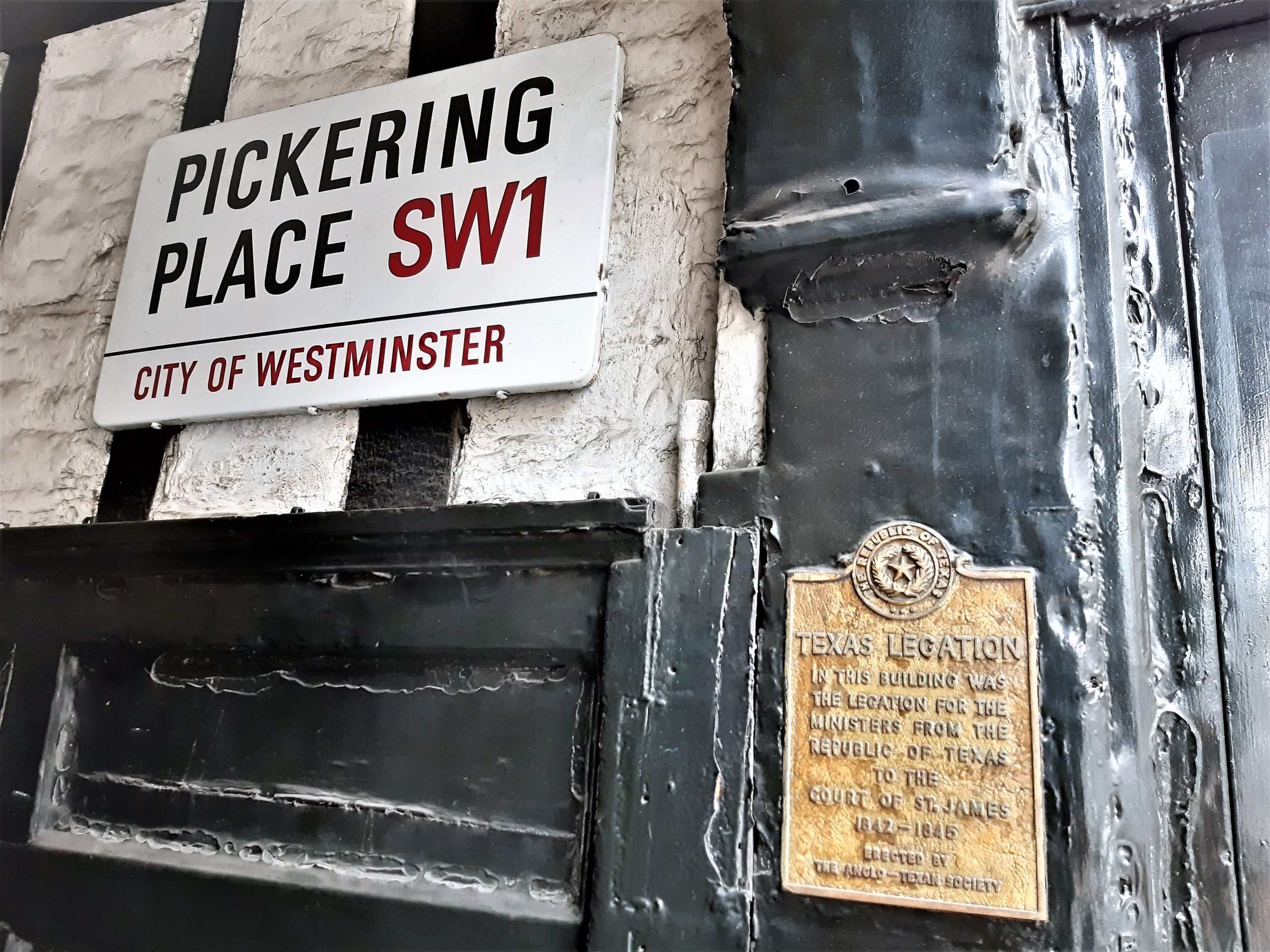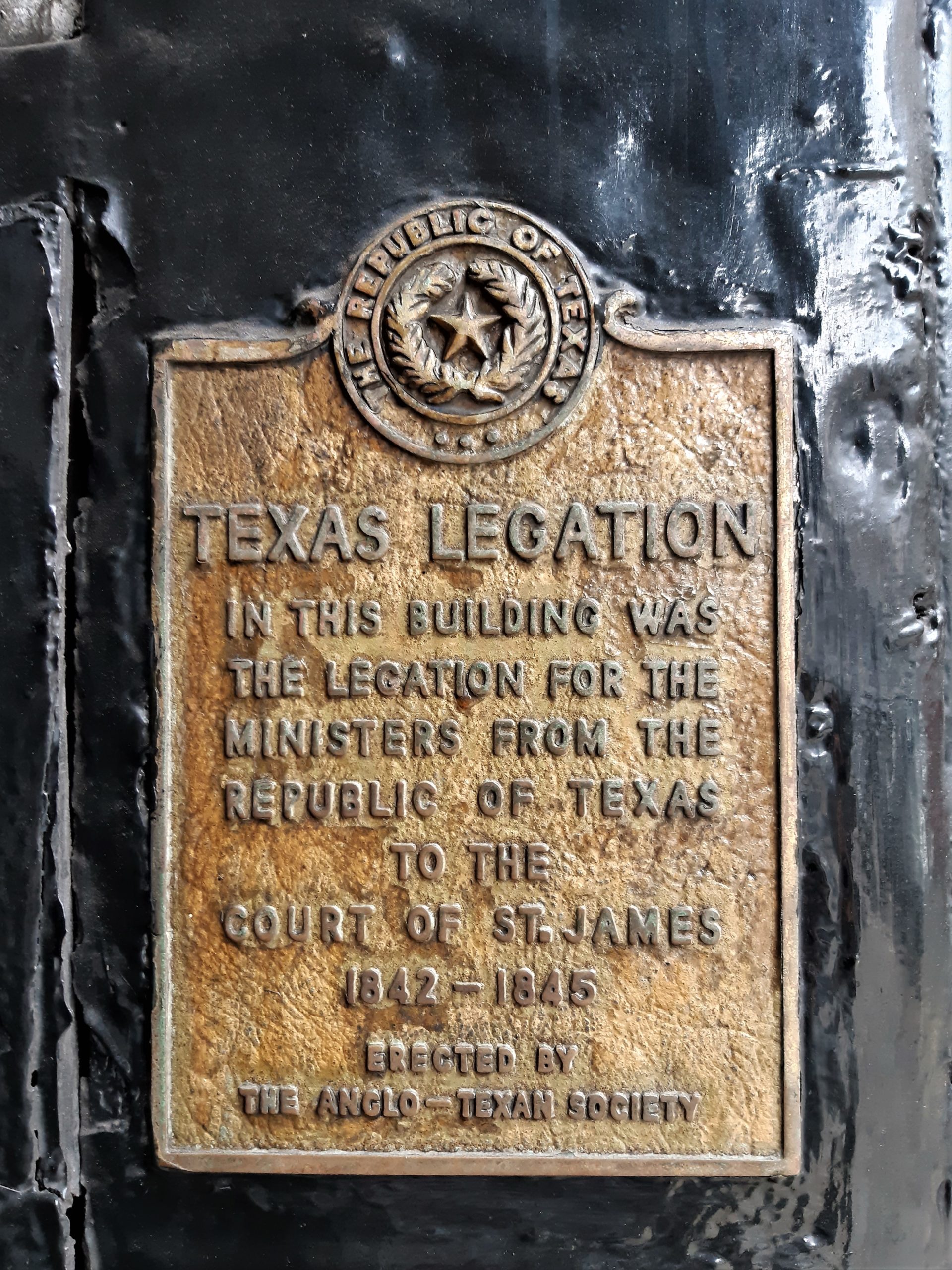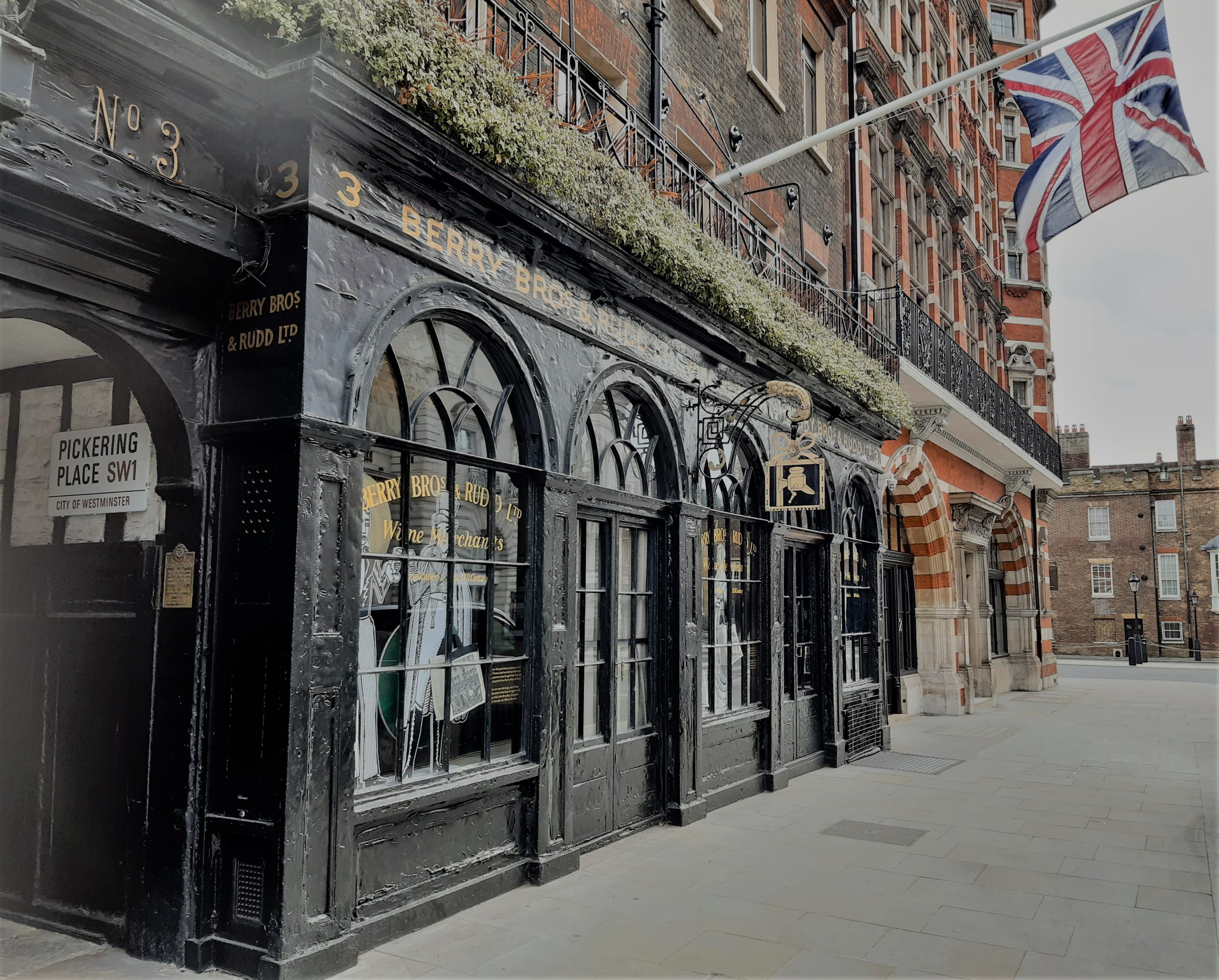American Heritage in London: St. James’s – Pt. 1
The West End of central London is not one district but a patchwork of neighbouring areas that developed through the 17th and 18th centuries (Soho and Mayfair are others). They formed the mainly well-to-do areas developing west of the ancient City of London and, you could say, were the launch pads for the suburbanisation of London becoming the 607 square mile sprawl it is today. St James’s is the oldest of these old ‘suburbs’.
Because of its close proximity to St James’s Palace and then Buckingham Palace and the royal court, St James’s has always been a place of work, rest and play for the aristocracy and the ‘establishment’. Its cultures of luxury and wealth are deeply embedded within the architecture, shops, clubs, restaurants, art dealers and merchants that proliferate through its salubrious streets; which is quite some irony when we consider that during the middle ages this area had been the site of the St James’s Hospital for Leper Woman.
Where then does American heritage fit into St James’s? Almost back to the very beginning, is the short answer. Let’s explore two American connections in St James’s Street that bind the USA to the mother country!
Justerini & Brooks – 61 St James’s Street, London SW1.
Justerini & Brooks is a wine and spirits merchants founded in St. James’s in 1749, originally to provide wine and spirits to the aristocratic households of the expanding western suburbs. Justerini & Brooks has been a supplier to every British monarch since the coronation of King George III in 1761.
Above the door is a huge gilded royal coat-of-arms which signifies that Justerini & Brooks holds a royal warrant; that is to say they are an official supplier of their merchandise to the royal household. Walk around St James’s and you’ll see lots of shops displaying coats-of-arms belonging to the Queen, Prince Philip and Prince Charles. These businesses are all royal warrant holders too.
In the US the firm is best known for its blended house whisky, J&B Rare, specially created for the US market in 1933 after prohibition ended. I can’t help thinking that if they have been selling J&B Rare for so long and it is, as claimed, the fifth best selling blended Scotch in the world, it can’t be very rare. More like good marketing. Some of the company’s origin stories are good too.
In 1749, Giacomo Justerini from Bologna fell in love with an opera singer and followed her to London. He travelled with love in his heart and a number of recipes for liqueurs in his pocket, created by his father who was a distiller. The soprano spurned his advances but he did meet’n match with an English investor, George Johnson. Together they founded the wine merchants Johnson & Justerini, originally at 2 Pall Mall (also in St James’s). Justerini returned to Italy in 1760 after selling out to Johnson.
The business became very successful, but in 1785 poor old George Johnson was killed by a runaway horse colliding with his sedan chair in nearby Piccadilly (I’m not making this up), whilst returning from lunch with the Duke of Queensberry. He left his grandson Augustus Johnson in sole charge of the company.
In 1831, Johnson sold the business to Alfred Brooks and the firm was renamed Justerini & Brooks. They moved into their present building in St James’s Street in 1969. The company ceased family ownership in 1889 and following various mergers it is now part of the multinational drinks conglomerate Diageo.

Texas Legation – Pickering Place, London SW1.
Before joining the Union as the great State of Texas, the independent Republic of Texas ran three Legations from 1836 to 1845: Washington, D.C., London and Paris. A legation is a diplomatic mission headed by a lower-ranking official than that of ambassador.
In a bid to protect itself from almost certain invasion from neighbouring Mexico (of which it had recently been a part) the government of Texas nurtured its international links. Some see this as good ‘politics’ with one eye on the future. This policy was perhaps intended to be less than an attempt by Texas to enter the international stage as an independent country. One could speculate that is was more a manoeuvre to prompt the US to worry that an independent Texas might allow British and French soldiers to mass on the southern border of the US.
The US was quite justified in thinking this. Britain and France were both keen to halt US expansion south. When Texas applied to join the United States in 1845 the British government supported keeping it independent. The British even offered to guarantee Texas’s borders with both the US and Mexico, an act which nowadays would be regarded as somewhat intrusive.
Nevertheless it seemed inevitable that Texas would not be able to maintain its independence. Texas was broke, was claiming land the US itself wanted to colonise and was on the verge of being officially recognised by Mexico. When the Republic became a state in 1845 the legations were shut down.
The Texas Legation in London was located off St. James’s Street in Pickering Place. At the top of the plaque is the seal of the Republic of Texas. The text of the plaque reads: Texas Legation in this building was the legation for the ministers from the Republic of Texas to the Court of St. James 1842 – 1845. Erected by the Anglo-Texan Society.
The plaque was erected in 1963 by the aforementioned Anglo-Texan Society.



